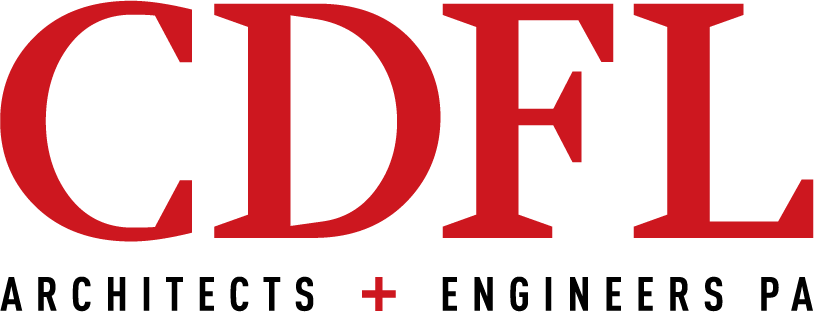Design Inspiration
This post is part of a series exploring the places, people, and things our team draws inspiration from. Today’s design inspiration post comes from architect Newell Watkins.
I could not create a list of design inspiration without mentioning Dieter Rams. Although he is an industrial designer his Ten Principles for Good Design are just as relevant for architectural design. All ten are great, (full list here) but these are the principles I find most impactful.
Good design
1 …is innovative: The possibilities for progression are not, by any means, exhausted. Technological development is always offering new opportunities for original designs. But imaginative design always develops in tandem with improving technology, and can never be an end in itself.
7 …is long-lasting: It avoids being fashionable and therefore never appears antiquated. Unlike fashionable design, it lasts many years – even in today’s throwaway society.
9 …is environmentally friendly: Design makes an important contribution to the preservation of the environment. It conserves resources and minimizes physical and visual pollution throughout the lifecycle of the product.
10 …is as little design as possible: Less, but better – because it concentrates on the essential aspects, and the products are not burdened with non-essentials. Back to purity, back to simplicity.
One seminal event during my education was the semester I spent abroad in Delft, Holland at the Technische Universitat Delft. Being immersed in a very different educational pedagogy was both challenging and rewarding. While there are a number of Dutch architects that were influential then and even now, only one architect was truly responsible for forming the basis of their design methodology. Herman Hertzberger can be considered the father of current Dutch design. His writings and works are a constant source for guidance and inspiration. Excerpt from “Space and the Architect: Lessons in Architecture 2”, 010 Publishers:
When we in the architectural world speak of space in most instances we mean a space. The presence or absence of a mere article determines whether we are referring to infinite space, to a more or less contained space, or something in-between, neither endless nor contained. A space is determined, meaning infinite, and fixed by its periphery and/or the objects in it. A space is meant for something, offer protection to something or makes a thing accessible. It is to some degree specifically made, maybe variable as regards function, but not accidental. A space has something object-like about it, even though it may be the exact opposite of an object. We might then perceive a space as an object but in a negative sense: a negative object.
Faculty of Science, University of Amsterdam by Herman Hertzberger
Photo by William Verbeek
One of the concepts I take into consideration while designing is the best way to build a new architectural language without abandoning historic form and vernacular uses. Growing up in a rural area gave me a real appreciation for the vernacular and my time spent traveling through Europe and living in Washington, DC and Atlanta gave me a better understanding of working within a dense urban context. The challenge lies in combining new construction methods and technology with vernacular forms to create authentic architecture for Mississippi.
Traditional Tobacco Drying Shed using Venturi Effect passive ventilation
Modern interpretation of historical form
Kendeda Sustainable Housing Design Competition | Entry
The overall design incorporates passive cooling modeled from the vernacular tobacco drying shed.
Winarsky Residence | Shick Goldstein Architects
A modern addition blending with a traditional house using form, mass, and a complementary material palette.






